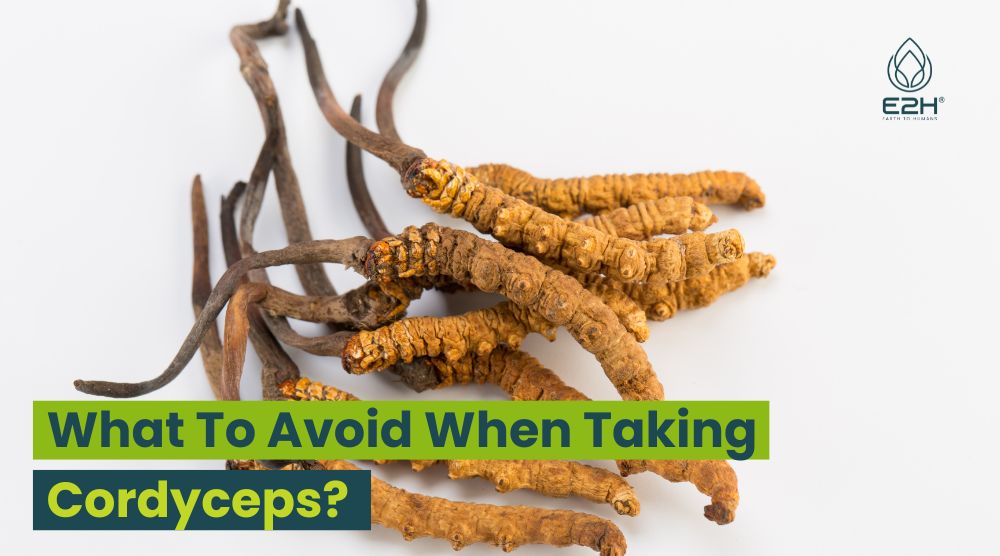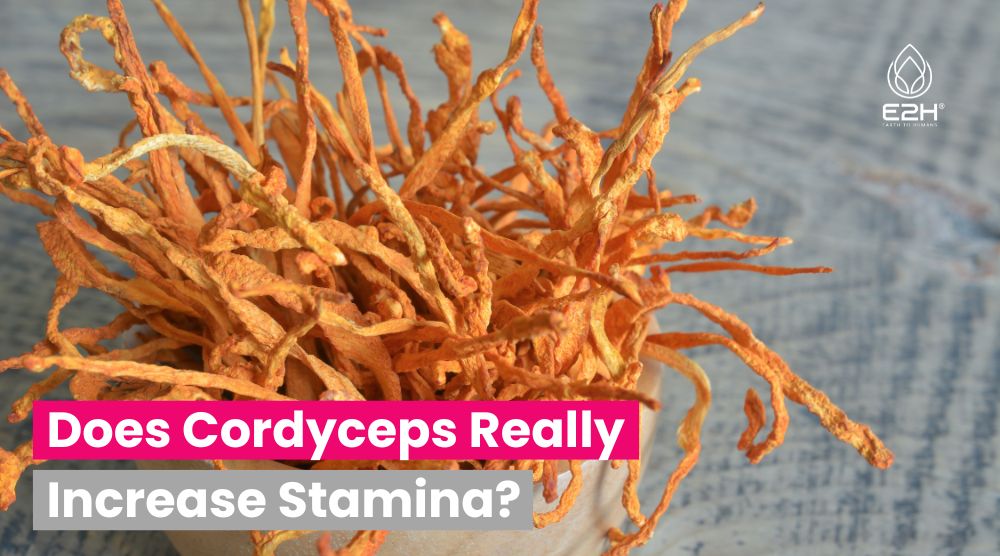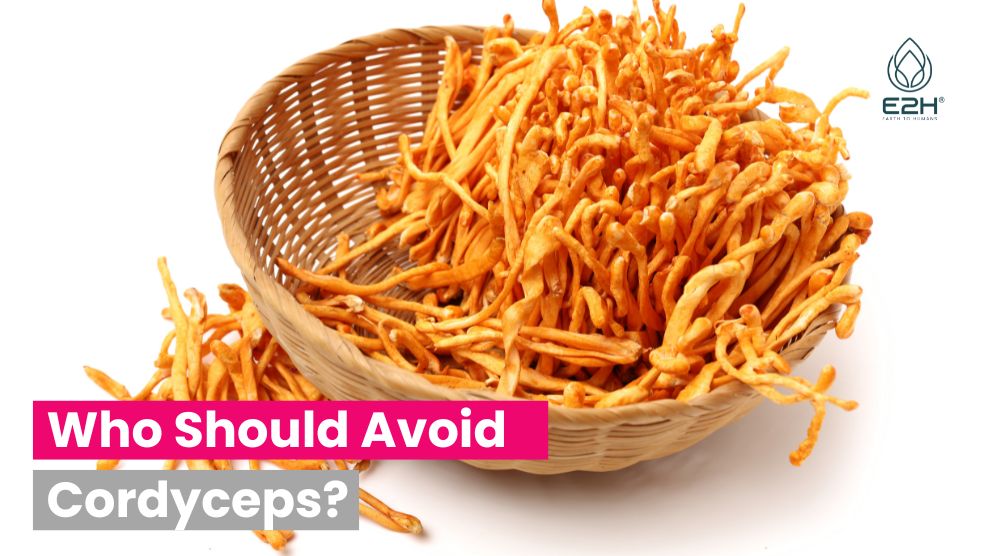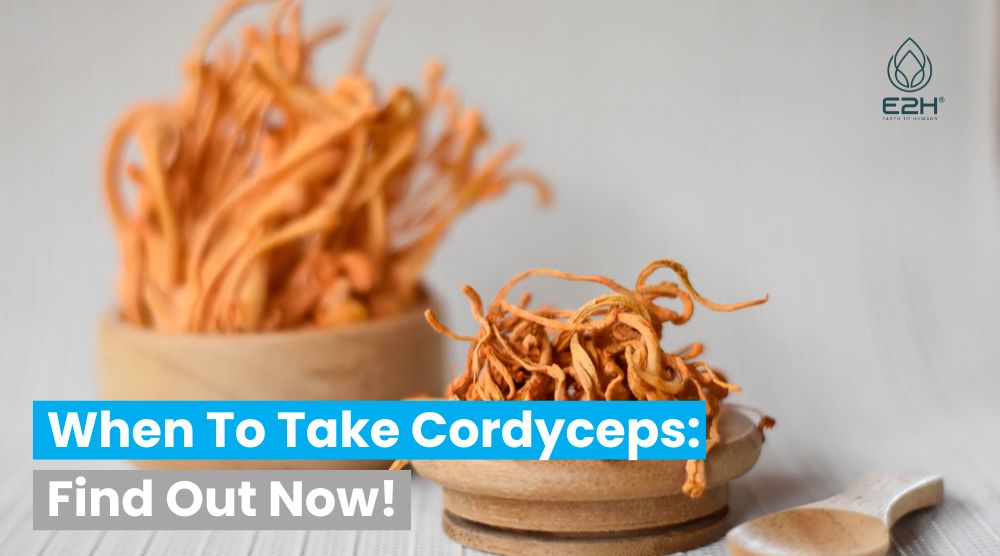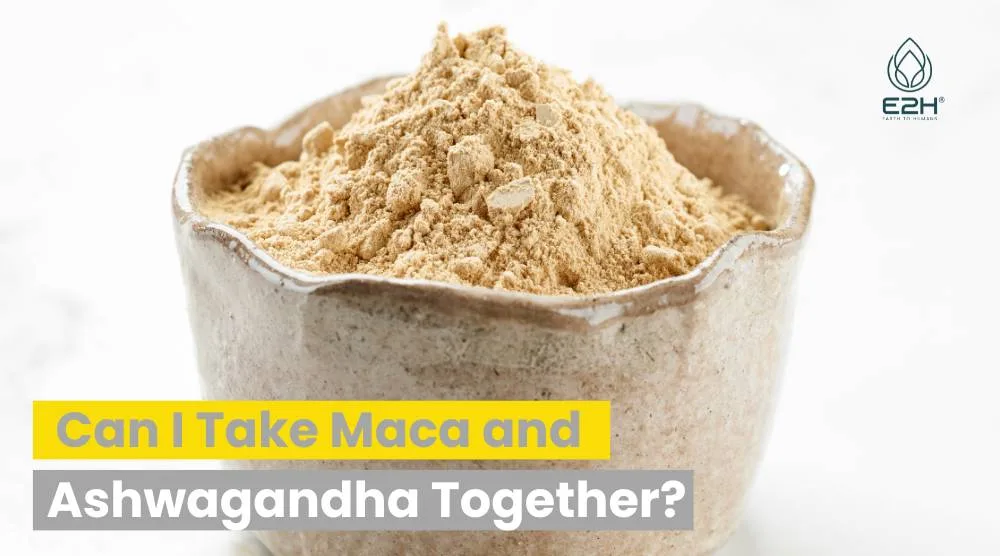Cordyceps have a unique flavor profile, characterized by a slightly nutty, earthy taste with a hint of bitterness, offering a rich culinary experience.
Have you ever wondered about the tantalizing world of cordyceps and their distinct flavor profile? Dive into a culinary journey where you’ll discover the slightly nutty and earthy nuances that make cordyceps a sought-after ingredient in various dishes.
Imagine enhancing your meals with a sprinkle of cordyceps powder, adding a layer of complexity and richness that tantalizes your taste buds. Don’t just stop at imagining; take the leap and introduce cordyceps into your diet to experience a burst of flavors and potential health benefits that await you.
The Different Types of Cordyceps
Before we delve into what does cordyceps taste like, it’s essential to understand the different types of cordyceps that grace our planet. Here, I will introduce you to three prominent types:
- Ophiocordyceps Unilateralis: A fascinating species that specifically targets carpenter ants. Its unique behavior and dark pigmentation have made it a separate family within the cordyceps genus.
- Cordyceps Sinensis: A prized variety, renowned for its use in traditional Chinese medicine. It grows on ghost moth larvae found in the high altitudes of the Himalayan regions.
- Cordyceps Militaris: A more accessible alternative to C. sinensis, it can be cultivated in labs, making it a popular choice for culinary experiments.
What Does Cordyceps Taste Like?
As I embarked on my culinary adventure to discover what does cordyceps taste like, I found that the taste profile of dried cordyceps is as rich and varied as its history. The flavor nuances can be quite delightful, offering a unique blend of earthy and umami notes that can enhance various dishes.
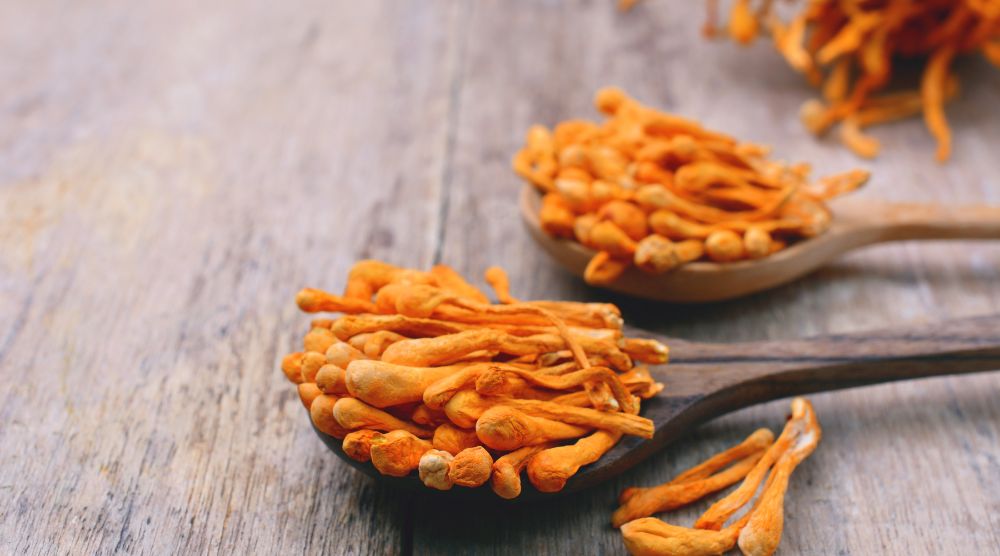
Mushroom Powder: A Versatile Ingredient
During my exploration, I stumbled upon the wonders of mushroom powder, a product derived from the cordyceps mushroom that has been making waves in the culinary world. This powder serves as a fantastic flavor enhancer, adding depth and complexity to a range of dishes. Here are a few ways you can use mushroom powder in your kitchen:
- As a seasoning in sauces and chilis
- Mixed into meatballs and burgers to bump up the nutrition
- As a finishing seasoning on roasted meats and vegetables
But the culinary journey doesn’t end here. Mushroom powder can also be a star ingredient in hot drinks and broths, offering a comforting and nutritious addition to your daily diet.
Cordyceps in Hot Drinks
Imagine starting your day with a hot cup of coffee or cocoa, enhanced with the subtle bitterness of cordyceps mushroom powder. The powder blends seamlessly with these beverages, offering a delightful edge that is reminiscent of the bitter notes found in chocolate and coffee. Here are a couple of suggestions to kickstart your day:
- Lion’s Mane Mushroom Powder: A mild powder that can be stirred into your morning coffee to support focus and alertness.
- Chaga Mushroom Powder: Known for its slightly sweet, earthy, and vanilla-scented flavor, it can be a fantastic addition to your morning coffee, offering a rich antioxidant boost.
Cordyceps in Broths
As I ventured further functional mushroom further, I discovered that cordyceps could also be a star ingredient in broths, offering a rich and flavorful base that complements various dishes. Whether you are looking to create a comforting mushroom broth or a hearty soup, cordyceps can add a delightful touch to your culinary creations. Here are a few ideas to inspire you:
- Reishi Mushroom Broth: A warm and flavorful broth that balances the earthy and somewhat bitter taste of Reishi mushrooms with aromatic spices and herbs.
- Cordyceps Broth: A nourishing broth that utilizes the stronger flavor of cordyceps to create a hearty and delicious soup, perfect for muscle recovery and endurance.
Decoding the Cordyceps Experience: A Comprehensive Guide to Its Flavor Profile and Culinary Uses
This table provides a quick overview of various aspects related to the taste and usage of cordyceps.
| Aspect | Description |
|---|---|
| Flavor Profile | Earthy, slightly nutty with a hint of bitterness |
| Texture | Depending on the preparation, it can range from crunchy (when dried) to tender (when cooked) |
| Culinary Uses | Soups, teas, supplements, incorporated into dishes as a powder or fresh ingredient |
| Popular Pairings | Pairs well with herbs, spices, meats, and can be used in both savory and sweet dishes |
| Health Benefits | Anti-inflammatory, potential anti-cancer properties, may improve exercise performance and heart health |
| Consumer Preference | Preferred by health enthusiasts, culinary experimenters, and individuals interested in traditional medicine |
| Cost | Can vary greatly, with some rare types being quite expensive due to their medicinal properties |
| Availability | Available in health food stores, online, and in some specialty grocery stores |
Cordyceps Creations: A Journey into Flavor and Wellness
Cordyceps Umami Broth
Ingredients:
- 4 cups vegetable broth
- 1 tablespoon cordyceps powder
- 1 tablespoon soy sauce
- 2 garlic cloves, minced
- 1-inch ginger, grated
- 2 green onions, chopped
- 1 cup sliced mushrooms (any variety)
- Salt and pepper to taste
Instructions:
- In a pot, heat the vegetable broth over medium heat.
- Add the cordyceps powder, stirring well to combine.
- Add the soy sauce, minced garlic, and grated ginger to the pot.
- Let the broth simmer for 10-15 minutes to allow the flavors to meld.
- Add the sliced mushrooms and cook for another 5-7 minutes.
- Season with salt and pepper to taste.
- Garnish with chopped green onions before serving.
- Enjoy this umami-rich broth as a comforting soup or as a base for other recipes.
Cordyceps Energizing Smoothie
Ingredients:
- 1 banana
- 1/2 cup blueberries
- 1 tablespoon cordyceps powder
- 1 tablespoon chia seeds
- 1 cup almond milk
- 1 teaspoon honey (optional)
Instructions:
- In a blender, add the banana, blueberries, and cordyceps powder.
- Add the chia seeds and almond milk to the blender.
- Blend until smooth and creamy.
- Taste the smoothie and add honey if desired for added sweetness.
- Pour into a glass and enjoy a burst of energy to start your day.
Cordyceps Infused Tea
Ingredients:
- 1 teaspoon cordyceps powder
- 1 teaspoon green tea leaves
- 1 teaspoon honey
- 1 slice of lemon
Instructions:
- Boil a cup of water in a kettle or pot.
- In a teacup, add the cordyceps powder and green tea leaves.
- Pour the hot water over the tea mixture.
- Let it steep for 5-7 minutes.
- Stir in the honey and add a slice of lemon for a refreshing twist.
- Sip and relax as you enjoy this health-boosting beverage.
How can medicinal mushrooms be incorporated into a daily diet?
Medicinal mushrooms can be a versatile addition to your daily diet, offering not only unique flavors but also a host of health benefits. They can be incorporated in various forms such as powders, teas, or even as fresh or dried ingredients in meals. For a nutritious start to your day, consider adding mushroom powder to your morning smoothie or coffee.

You can also use them in soups and broths, providing a rich and earthy flavor base that complements a variety of dishes. Moreover, they can be a great addition to stir-fries, omelets, and salads. Remember to start with small quantities to gradually acquaint your palate with their distinct flavors.
What are the culinary uses of Cordyceps Militaris and what does it taste like?
Cordyceps Militaris, a popular alternative to the rare Cordyceps Sinensis, offers a unique culinary experience. It has a slightly nutty, earthy flavor with a hint of bitterness, making it a great addition to both savory and sweet dishes. It can be used fresh in soups and stews, where it imparts a rich umami flavor.
When dried, it can be ground into a powder and used as a seasoning in various dishes, adding a depth of flavor that enhances the overall taste profile. Moreover, it can be a star ingredient in hot drinks, offering a comforting and nutritious element to your beverage.
How does the flavor profile of Cordyceps Sinensis enhance culinary dishes?
The Cordyceps Sinensis, a highly prized variety in traditional Chinese medicine, brings a rich and complex flavor profile to culinary dishes. Its earthy and slightly medicinal taste can add a unique depth to a variety of recipes. When used in soups and broths, it imparts a hearty and robust flavor, making the dish more comforting and nourishing.
Additionally, it can be used in teas, where its subtle bitterness balances well with the sweetness of other ingredients. Its unique flavor profile can truly elevate a dish, providing a gourmet experience that tantalizes the palate while offering potential health benefits.
Are there any recipes that specifically highlight the use of cordyceps powder?
Absolutely, cordyceps powder has found its way into a variety of recipes, highlighting its versatility and unique flavor profile. One popular way to use it is in smoothies, where it can add a nutritious boost along with a subtle earthy flavor. It can also be used as a seasoning in savory dishes, adding a depth of flavor to sauces, gravies, and marinades.
For a comforting beverage, consider making a cordyceps latte by blending cordyceps powder with your favorite milk and a hint of sweetener. Additionally, it can be incorporated into energy balls or granola bars, providing a nutritious and flavorful addition to your snacks. Experiment with different recipes to find the perfect balance of flavors that highlight the unique taste of cordyceps powder.
Who Cannot Eat Cordyceps?
Individuals with autoimmune diseases should exercise caution when consuming cordyceps supplements, as they can potentially stimulate the immune system further, exacerbating symptoms. Moreover, pregnant or breastfeeding women are advised to avoid cordyceps due to the lack of sufficient research on its effects during pregnancy and lactation.
People with bleeding disorders or those about to undergo surgery should also avoid cordyceps as they might affect blood clotting. Always consult with a healthcare provider before adding cordyceps to your diet, especially if you have underlying health conditions.
What is the Downside of Cordyceps?
While cordyceps are revered for their potential health benefits, they do have some downsides. Firstly, they can cause mild gastrointestinal upset in some individuals, manifesting as diarrhea or dry mouth. Secondly, due to their immune-boosting properties, they might interfere with the efficacy of immunosuppressive medications.
Moreover, high-quality of cordyceps extract, especially wild varieties, can be quite expensive, making them less accessible for many people. Lastly, the industry is rife with counterfeit products, making it essential to purchase from reputable sources to avoid potential health risks.
How do Cordyceps Make You Feel?
Cordyceps are known to potentially enhance brain health and energy levels and improve overall vitality. Many users report feeling more alert and focused after consuming cordyceps, thanks to their purported ability to improve oxygen utilization and boost cellular energy production.
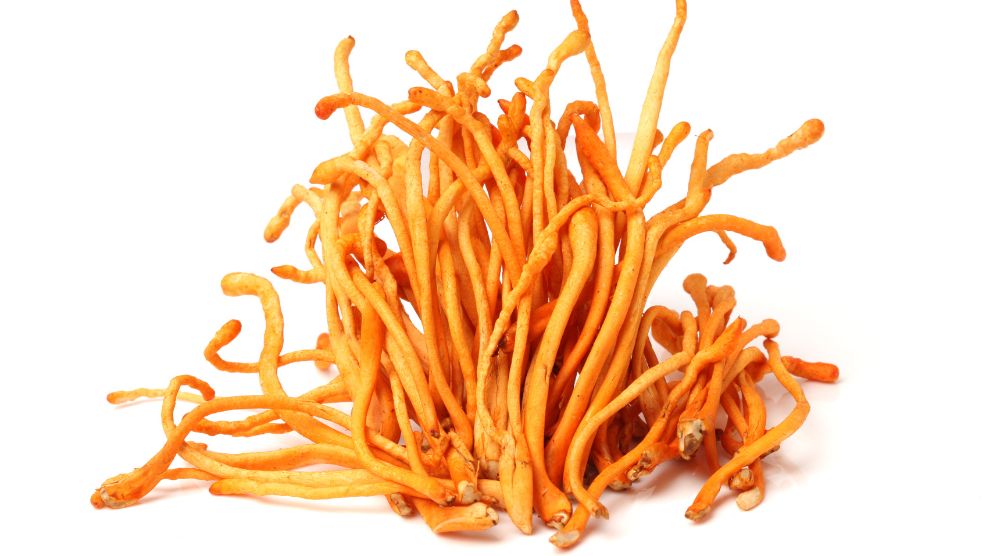
Additionally, they might have adaptogenic properties, helping the body adapt to stress and fight fatigue. However, individual responses can vary, and some people might experience side effects such as gastrointestinal discomfort. It’s essential to start with a small dose to gauge your body’s response and adjust accordingly.
A Note on Health Benefits
It’s essential to note the plethora of health benefits that these fungi offer. From anti-inflammatory properties to potential anti-cancer effects, cordyceps mushrooms have been revered in traditional medicine for their healing properties. However, it’s crucial to approach these benefits with a critical eye, as more research is needed to fully understand the extent of these potential health benefits.
FAQs
Can Cordyceps Improve Athletic Performance?
Yes, they potentially enhance stamina and exercise performance and reduce fatigue during physical activity.
Are Cordyceps Vegan?
Technically no, as wild varieties grow on insect hosts.
Can Cordyceps Aid in Weight Loss?
Possibly, due to their ability to potentially improve metabolic efficiency.
Do Cordyceps Interact with Any Medications?
Yes, they might interact with immunosuppressive medications.
Is it Safe to Consume Cordyceps Daily?
Generally, yes, but consult with a healthcare provider for personalized advice.
Conclusion
As we come to the end of our culinary journey, I hope you have gained a deeper appreciation for the rich and varied world of cordyceps. From their fascinating lifecycle to their unique flavor profile, cordyceps offer a delightful culinary adventure for those willing to explore. So, the next time you find yourself pondering what does cordyceps taste like, I invite you to embark on a culinary journey of your own, exploring the rich and varied flavors that these fungi have to offer.




